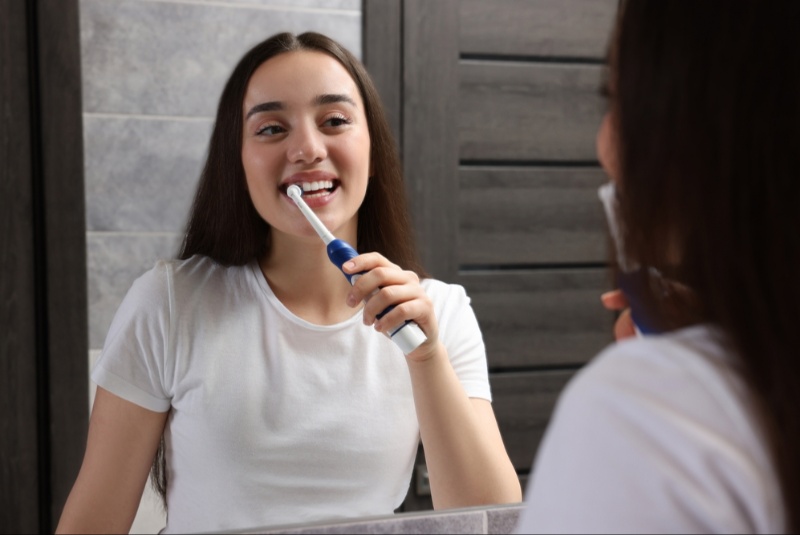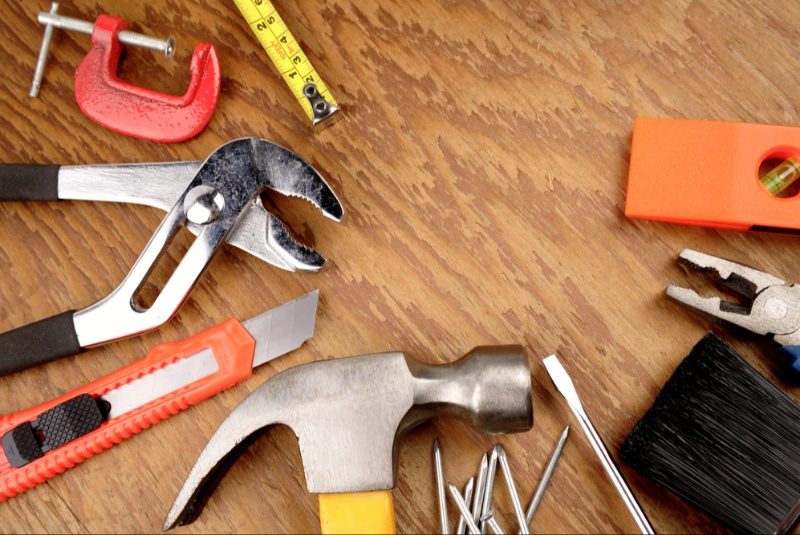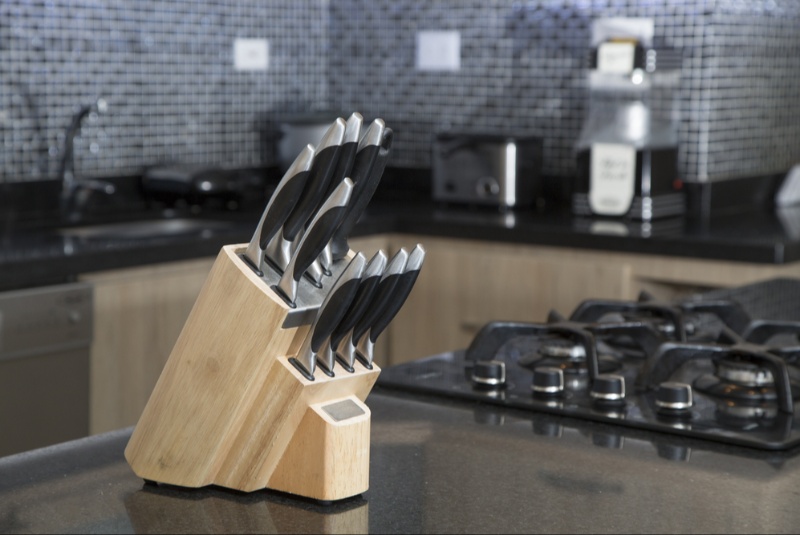In an era where technology has permeated every aspect of our daily lives, even the seemingly mundane act of brushing our teeth has been revolutionized. The advent of the electric toothbrush has transformed dental care, promising a superior clean and a user-friendly experience. But with an array of models boasting various features and price points, making an intelligent choice can feel overwhelming. Here are some practical tips to guide you through the process of selecting an electric toothbrush that meets your dental hygiene needs without breaking the bank.
Understanding Electric Toothbrush Technology
Before diving into purchasing an electric toothbrush, it’s vital to understand the technology behind it. Most electric toothbrushes operate using one of two mechanisms: oscillation-rotation or sonic technology. Oscillation-rotation toothbrushes have brush heads that turn in alternate directions, while sonic toothbrushes use high-frequency vibrations to agitate fluids around the teeth and clean hard-to-reach areas.
1. Assessing Your Dental Needs
Start by evaluating your specific dental hygiene needs. If you have sensitive teeth or gums, look for a brush with adjustable intensity levels. For those looking to remove more plaque or tackle gingivitis, a toothbrush with specialized brush heads and a mode designed for gum care might be the best option. Consult with your dentist if you have dental work such as braces, implants, or veneers, as some electric toothbrushes are better suited for these conditions than others.
2. Prioritizing Essential Features
Brushing Timer: Most dentists recommend brushing for two minutes. Many electric toothbrushes come with a built-in timer that signals when you've reached this mark. This feature ensures you brush adequately every time.
Pressure Sensor: To prevent damage from over-brushing, some models include a pressure sensor that alerts you when you're brushing too hard.
Battery Life: Consider the battery life of the toothbrush. If you travel frequently or prefer fewer charges, opt for a model with a long-lasting battery or rechargeable options.
Durability and Warranty: A good electric toothbrush should withstand daily use. Check for warranty periods and what they cover, as this can save you money in the long run.
3. Evaluating Convenience Features
Brush Head Compatibility: Look for toothbrushes that offer a variety of brush head types. This allows you to experiment with what works best for you and to adapt as your dental needs change.
Charging Options: Some toothbrushes charge via USB, which can be handy for travelers, while others have charging stands. Determine which charging method is most convenient for you.
Water Resistance: If you like to brush your teeth in the shower, ensure the toothbrush is water-resistant.
Travel Case: For those who are often on the go, a toothbrush with a travel case ensures your brush stays clean and protected during transit.

4. Considering Smart Features
The latest electric toothbrushes offer smart features that connect to your smartphone via Bluetooth. These features can track your brushing habits, give feedback on your technique, and even provide personalized dental care advice. While not essential, these features can be beneficial, especially if you're looking to improve your oral health proactively.
5. Reading Reviews and Comparisons
Once you have a clear idea of what you’re looking for, it’s time to do some research. Look for comparative reviews from trusted sources that test electric toothbrushes for performance, ease of use, and battery life. Customer reviews can also provide real-world insights into how a toothbrush holds up over time.
6. Setting a Budget
Electric toothbrushes can range from relatively inexpensive to quite costly. Set a realistic budget that accounts for replacement brush heads, which are an ongoing cost. Sometimes, investing a bit more upfront for a higher-quality toothbrush can save money over time due to lower replacement costs and better durability.
7. Trying Before Buying
If possible, try out different toothbrushes. Some dental offices and stores may have test models available. Handling the toothbrush can give you a feel for its weight, grip, and the noise level, all of which can influence your user experience.
8. Looking Beyond the Brand
While brand name can be an indicator of quality, it's not the only factor to consider. Some lesser-known brands offer high-quality electric toothbrushes at a lower price point. Focus on the features and performance rather than the brand name alone.
9. Keeping Sustainability in Mind
If environmental impact is a concern, consider the sustainability of the electric toothbrush. Look for models with replaceable batteries, recyclable brush heads, or those made from eco-friendly materials.
10. Factoring in Long-Term Costs
Finally, consider the long-term costs of owning an electric toothbrush. Replacement brush heads can be expensive, so check their price and how often they’ll need replacing. Additionally, evaluate the energy efficiency of the toothbrush and its impact on your electricity bill.
Making Your Decision
After weighing the above factors, narrow down your choices to a few models that fit your criteria. Remember that the most expensive option isn't necessarily the best one for you. The goal is to find a balance between cost, features, and personal preference to ensure a wise investment in your dental health.
Buying an electric toothbrush is not just about choosing the latest gadget; it's about investing in your oral health. By taking the time to assess your needs, prioritize features, and do your research, you can make an intelligent choice that benefits your teeth and gums. Remember that the best toothbrush is one that you will use consistently and effectively, so personal comfort and preference are key. With the right electric toothbrush, you can look forward to a cleaner, brighter smile and potentially fewer visits to the dentist's chair. Choose wisely, and happy brushing!




